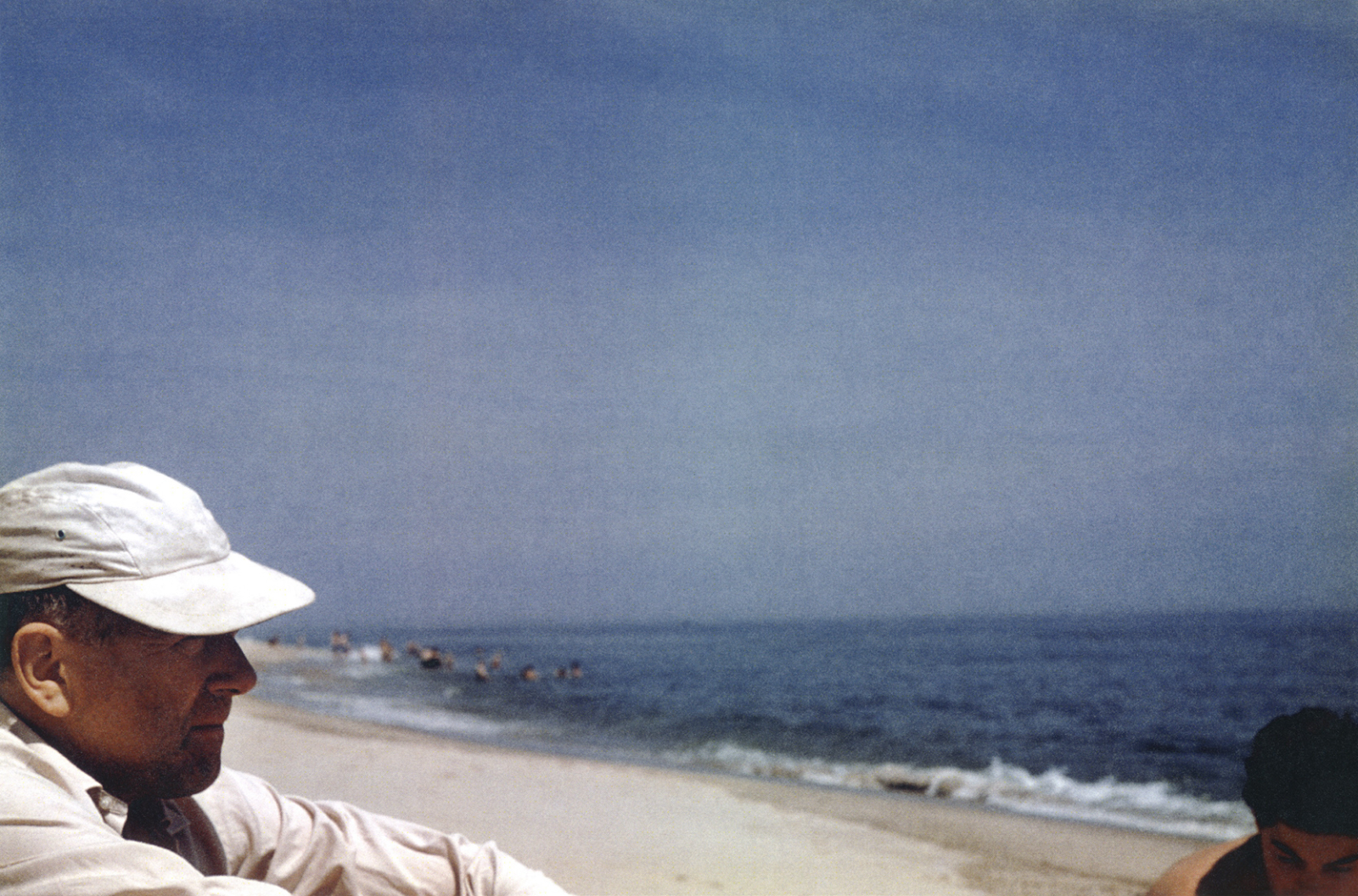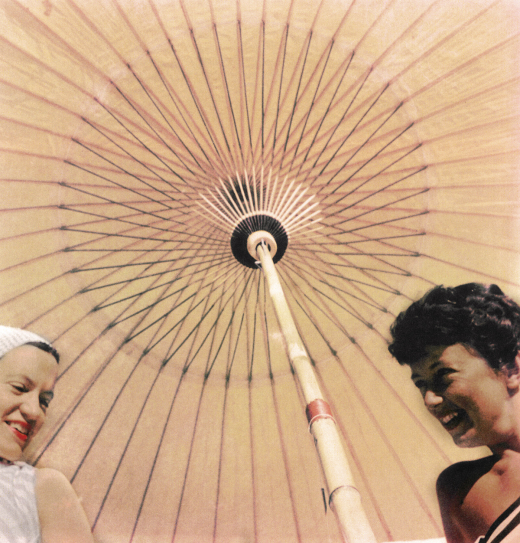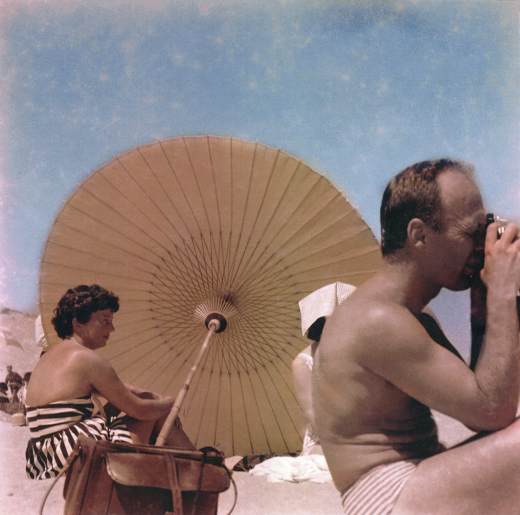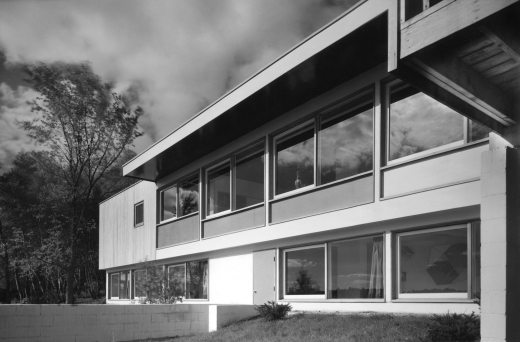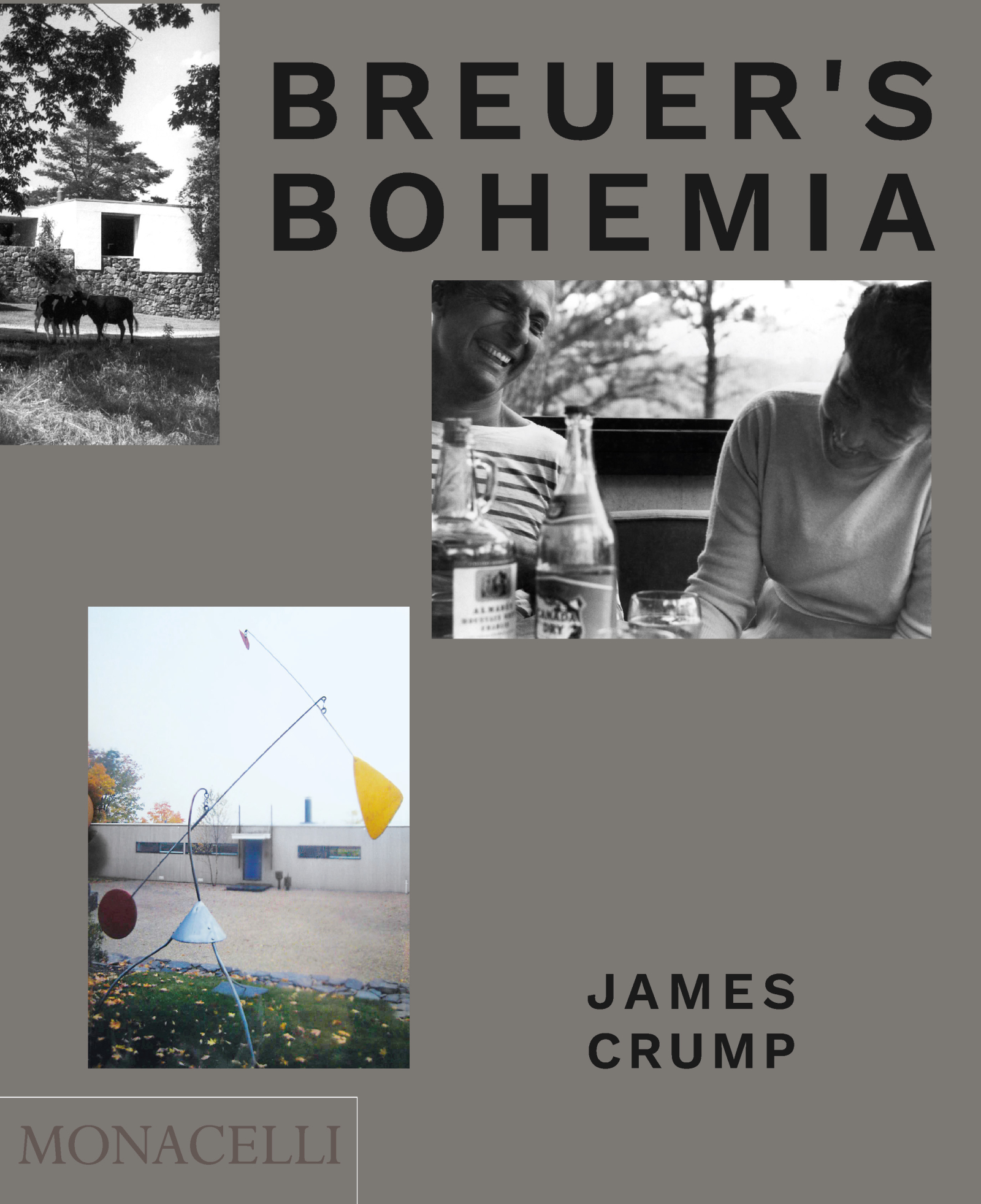Excerpt from Breuer’s Bohemia: The Architect, His Circle, and Midcentury Houses in New England by James Crump
Breuer’s Bohemia publishes on September 14 from Monacelli and explores a vibrant period of midcentury modern design and culture as seen through the influential New England houses designed by Marcel Breuer for his circle of clients and friends.
The book’s publication coincides with the feature-length documentary of the same title by James Crump available for streaming on demand on Vimeo.
In her definitive biography of Walter Gropius, Fiona MacCarthy posed the question about the last years of Gropius’s life: “Why was it that the Bauhaus and its history continued to be his great preoccupation and why did he cling to the little group of friends—Bayer and Breuer and Schawinsky—who had been with him at the Bauhaus, and who sometimes treated him with singular disloyalty, for the rest of his long life?”
To answer this question, one need simply look to the Wellfleet community they shared and the unforgettable times spent together on Cape Cod beginning in the mid-1940s. Breuer’s bohemian enclave harkened back to their years at the Bauhaus and the sun-drenched holidays he enjoyed with the Gropiuses, Bayer, and Schawinsky; but in the blush of his recent success in New York, the postwar mood on the Cape offered even greater freedoms and a carefree spirit that predates the sexual revolution in America. It was the norm in Wellfleet to sunbathe and swim naked or to walk nude on the beach. Bathing suits, which some in Wellfleet considered prudish and old-fashioned, were the exception. Breuer’s Bauhäusler soulmates were at home with the naked sun worship associated with the free body movement or Freikörperkultur in Germany, but for progressive New Englanders after the war nudism also held a similar appeal. Author and historian Hayden Herrera, who spent childhood summers in Wellfleet recalled, “it was almost considered reactionary if [one] wore a bathing suit.” Indeed, Herrera’s childhood circle didn’t wear clothes to the beach until the discreet concerns of puberty emerged. But such disquietude was for children—not consenting adults. As Ati Gropius Johansen recalled, the libertine attitudes in Wellfleet in those years created a “three-ring circus” of beach parties and picnics that precipitated summer trysts, the speculation being that with abundant nudity and hard drinking something erotic was bound to happen. “That’s where . . . all the great love affairs sprang from,” Gropius Johansen breathlessly exclaimed. “People went off on starlit nights. It was juicy living . . . rampant love, is all I can tell you.” “Clearly they enjoyed one another’s company and there was a raucous party atmosphere in Wellfleet,” Robert Wiesenberger declared. “People were taking canoes, probably laden with booze, across the ponds to visit one another.”
